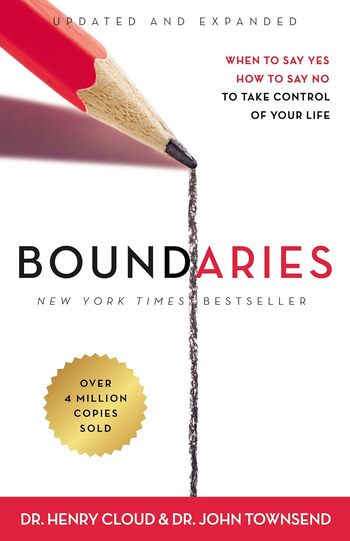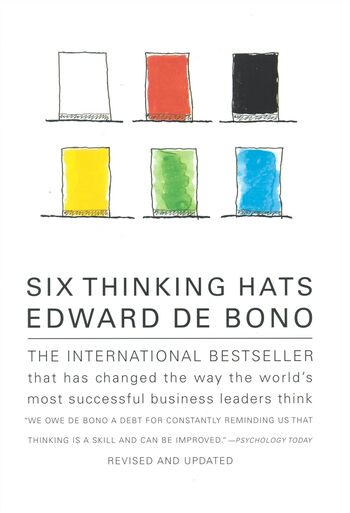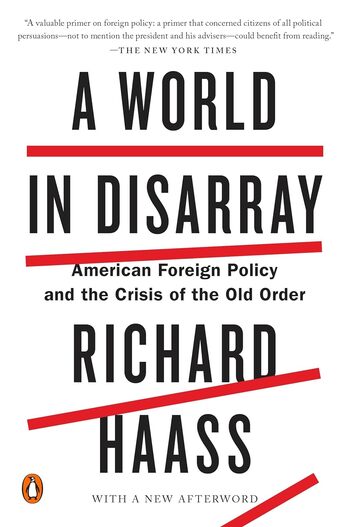
Explore the origins of life, meaning, and consciousness through Sean Carroll’s ‘poetic naturalism,’ bridging complex physics and philosophy for the non-scientist, exploring how one can create purpose in life.
Main Lessons
- Carroll introduces ‘poetic naturalism,’ a philosophy that combines naturalistic science with the human quest for meaning.
- The book provides an accessible look at complex physics concepts, making them comprehensible for laypersons.
- Carroll discusses the meaning of life through a scientific lens, encouraging readers to find purpose.
- He explores the nature of consciousness, highlighting its physical roots and implications.
- The book offers philosophical themes, pondering existential questions about life and the universe.
- Carroll debates common theistic perspectives, presenting a secular viewpoint on life’s big questions.
- The importance of creating personal meaning is a central theme in the book.
- Critiques of the book include repetition and over-explanation of some concepts, causing confusion in parts.
- Carroll emphasizes the significance of grounding philosophical ideas in scientific understanding.
- The book is noted for its attempt to balance depth and simplicity, though it occasionally falters.
- Carroll’s worldview aligns with that of many in the scientific community, providing relatable insights.
- Despite some critique, the book is seen as a worthwhile read for those interested in science and philosophy.
- Complex ideas are sometimes briefly addressed, leaving readers wanting deeper exploration.








